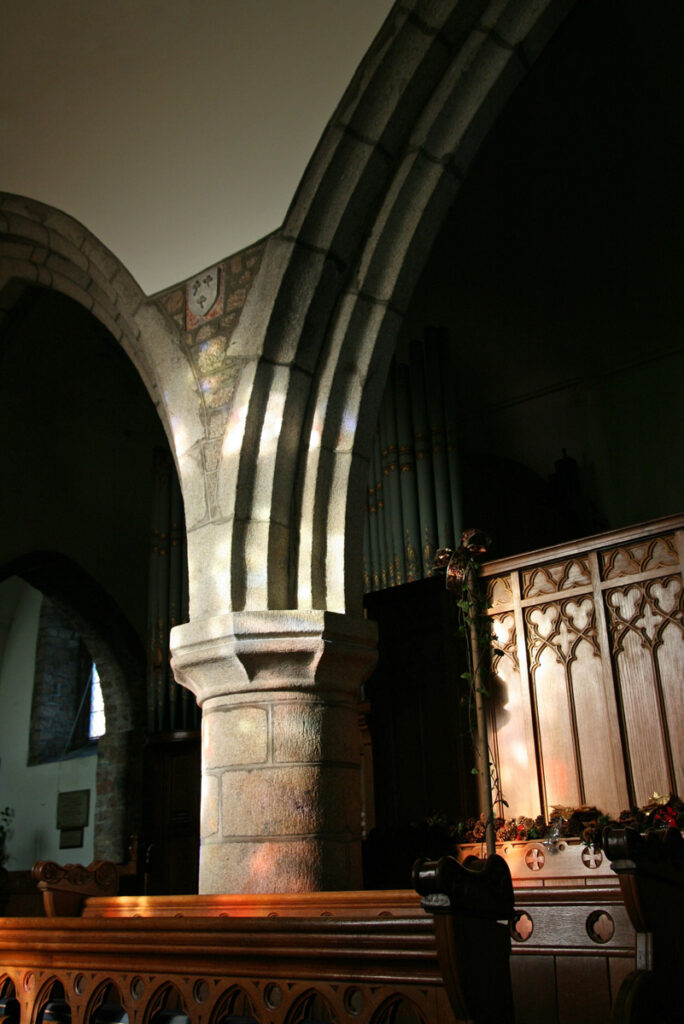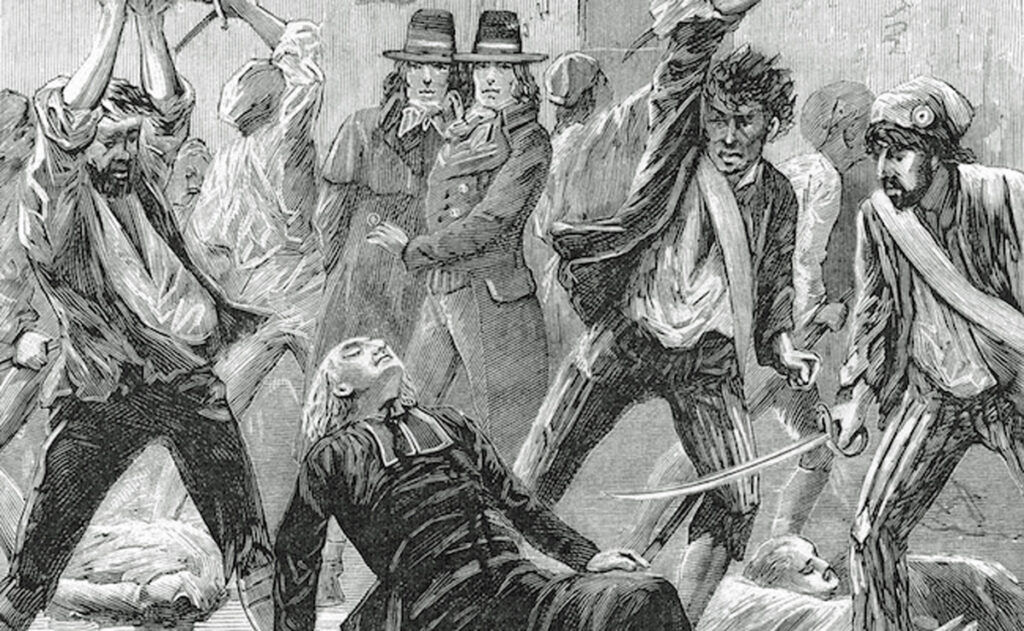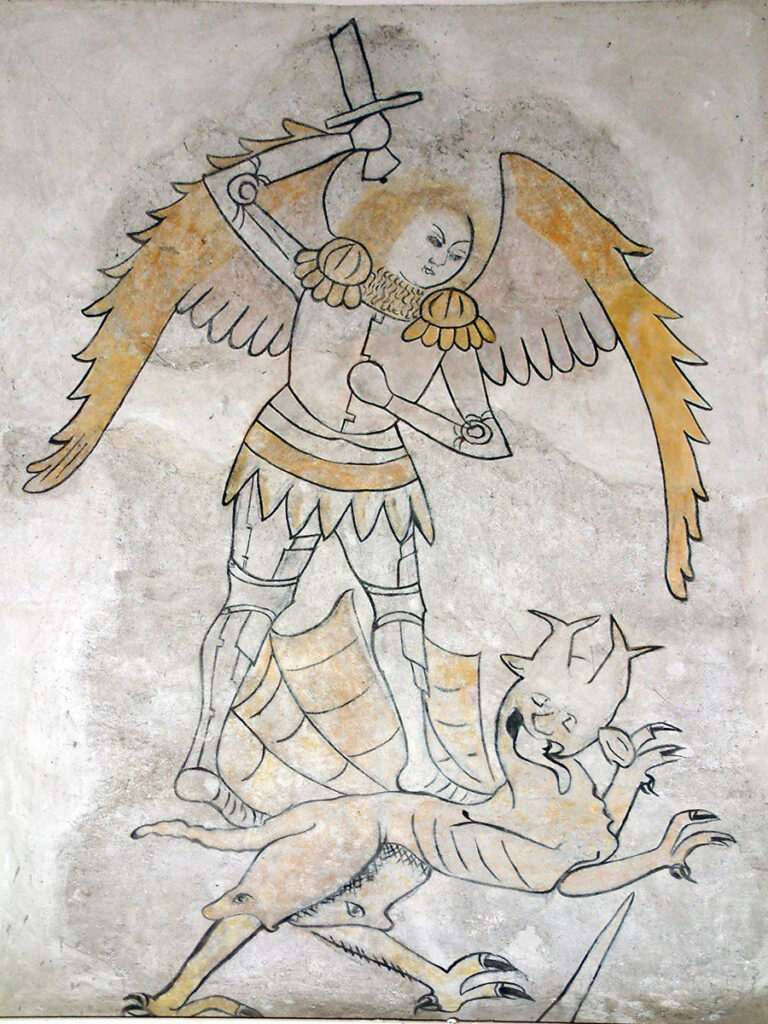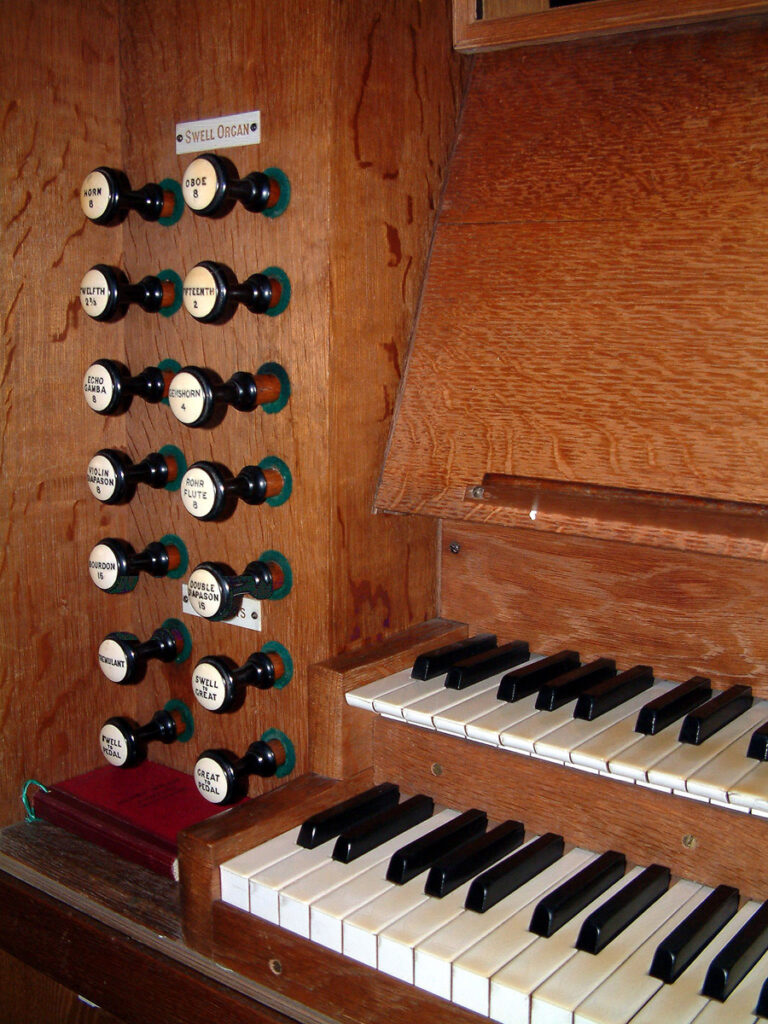Explore The Church
History
In ancient documents the church is referred to as ecclesia sancti clementis de petravilla in gersuis, Latin for “the church of St Clement on the estate of Peter in Jersey”.
Origins & Foundations
In ancient documents the church is referred to as ecclesia sancti clementis de petravilla in gersuis, Latin for “the church of St Clement on the estate of Peter in Jersey”. There are several place-names in Jersey ending in the word ville, for example Grouville and Longueville.
The Reformation
The Reformation reached Jersey in severely Calvinistic form in around 1550. As was the case with all the Jersey churches, virtually all traces of the ancient worship were swept aside. The Jersey historian Rev G. R. Balleine gives a graphic account of what happened in St Clement.
18th Century
He lies in an unmarked grave somewhere in the parish churchyard, buried on Friday 15th April 1796, age 38. The burial record is brief and to the point: “Jean Glemée, Prêtre émigré, vicaire de la paroisse de Plélan, Diocese de St. Malo.” Who was he? How did a French Catholic priest come to be buried in St Clement?
19th Century
The Act Book of the Assemblée Ecclésiastique gives some information as to what took place in the 19th century. In 1823, the Assemblée forbade the schoolmaster from continuing to hold his school in the vestry, as the children had been breaking seats and windows in the Church.
20th Century
Little was done to the fabric of the church in the first half of the 20th century. However, a new organ (by the London-based organ builder Alfred Oldknow) was installed in 1901, the cost of £351 having been met from the proceeds of a bazaar held in the grounds of Samarès Manor.




